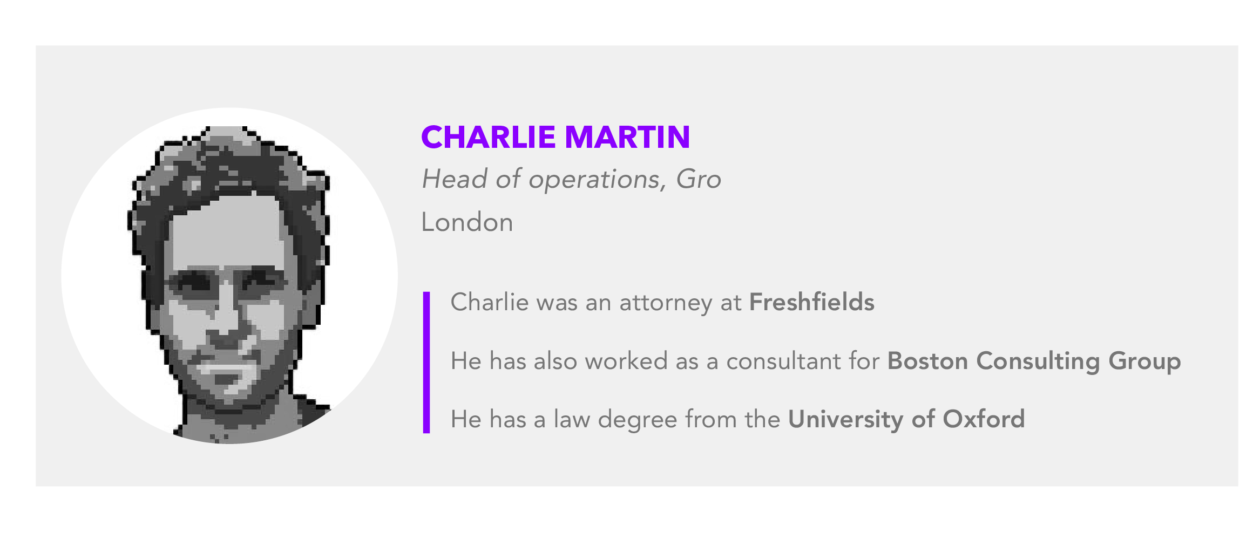Over recent months, there has been an increasing swirl of speculation around possible regulation of the cryptocurrency markets — and particularly, stablecoins. In early October, the International Organization of Securities Commissions, together with a branch of the Bank of International Settlements, recommended that stablecoins should be regulated as financial market infrastructure in the same way as payment systems and clearinghouses.
On Nov. 1, the U.S. Treasury published the “Report on Stablecoins,” laying out potential risks that stablecoins present but also summarizing that the digital asset has the potential to be a key tool for payments in the financial services sector. It shows how far stablecoins have come, now being referred to as “systemically important.” But the most important takeaway was that the report called on Congress to take action, otherwise regulators would leverage existing authorities to oversee stablecoin issuers.

The U.S. Treasury listed Tether as contributing towards the report, and we can assume that any future stablecoin regulations would apply to all major issuers, including the likes of one of Tether’s biggest competitors, the Centre Consortium — which is the issuer of USDC.
It’s not yet clear how a decentralized autonomous organization such as MakerDAO, the DeFi protocol that underpins the DAI stablecoin, might be regulated. Nevertheless, founder Rune Christensen told supporters to “be ready for the worst.” Others in the crypto industry are, unsurprisingly, lobbying against any such changes.
Growing scrutiny as stablecoins expand
That regulators are now zooming in on stablecoin issuers shouldn’t really be a surprise after the level of scrutiny Facebook came under when it announced it was planning to launch a stablecoin back in 2019. The regulatory pressures undoubtedly contributed to the recent decision by Facebook — now rebranded as Meta — to wash its hands of its stablecoin project. Currently, the top five stablecoins represent over US$160 billion of assets and are the most commonly utilized asset in DeFi, so some kind of scrutiny has become almost inevitable.
It now seems increasingly likely that stablecoins will face rising pressure to take on the same kind of safeguards as traditional payments. An October Bank for International Settlements report states that stablecoins should reduce or eliminate credit or liquidity risk to mitigate user exposure in the event of an unpegging. Furthermore, there may end up being a legal claim on the issuer or underlying assets.
Willingness to self-regulate
From the perspective of stablecoin issuers, there has been plenty to celebrate in the form of mass market adoption and investor protection. Even the discussion of a government level stablecoin report is an indication of how far these assets have come in terms of maturity and growth.
Regulators understand that this is a core cog in the crypto gear set, and we are seeing crypto organizations take strides in allowing these regulators to familiarize themselves with the asset class and see inner workings of these major players.
Binance and the Centre consortium — which was co-founded by Circle and Coinbase — both conduct regular audits on their reserves. And although Tether’s reluctance towards transparency in this regard has resulted in the company facing considerable scrutiny and penalization, that shouldn’t detract from the broader efforts. When discussing transparency, it’s important to note that there are stablecoin issuers who are completely transparent in their operations. DAI, for instance, shares their collateral in real time.
Furthermore, when we examine the progress of DeFi over the last year or two, it’s evident that the technology has a role to play in providing additional investor protections. Following the major market crash in March 2020, many DAI holders found that their collateral positions were liquidated automatically. Due to the dramatic price decline of Ethereum’s asset ETH, the underlying collateralized debt positions suddenly became undercollateralized.
Following this event, which could have been catastrophic for Maker, the developer community got to work and upgraded the risk parameters of the liquidation system to help ensure that DAI is better able to withstand market volatility.
Regulation without stifling innovation
Maker’s willingness to self-regulate provides a far more effective argument for balancing draconian regulations than the existing cries that stablecoins aren’t a significant enough asset to warrant scrutiny. Along with Maker’s efforts, the broader DeFi community has worked hard to stabilize the space, making better use of price oracles and external audits to improve the robustness of smart contracts. It proves that with the freedom to innovate, the sector can introduce measures that help to offset the effects of extreme volatility.
Republican Senator Pat Toomey emphasized that Congress should be responsible for defining regulatory authority over stablecoins. “While Congress works on thoughtful legislation, I hope the administration will resist the urge to stretch existing laws in an effort to expand its regulatory authority. Digital assets have the potential to be as revolutionary as the internet. It’s important lawmakers and regulators alike work to continue America’s longstanding tradition of fostering technological innovation, not stifling it,” Toomey said.
Moreover, one has to wonder how well the traditional financial system would be able to weather as much volatility. After all, in March last year, it wasn’t just the crypto markets that went into meltdown. While crypto markets continued operating 24/7, the New York Stock Exchange halted trading altogether after stocks plummeted 12% in a single day.
The pro-crypto lobby can use these scenarios to demonstrate the value that innovation can bring to the traditional markets, making a solid case for a different way of thinking about safeguards for investors. Rather than applying a cookie-cutter approach using established laws for other assets, the crypto sector should be showcasing its efforts and how they can support a harmonious balance that looks after the interests of all market participants.




